The Rise of Athleisure: How T-Shirts Became a Fashion Staple at GotApparel
The past few decades have witnessed a seismic shift in what we consider fashionable. Gone are the days of stiff suits and uncomfortable dresses as the sole options for everyday wear. Today, a new champion has emerged in the fashion arena: athleisure.
This ubiquitous trend, seamlessly blending athletic wear with casual attire, has transformed the way we dress, blurring the lines between the gym and the streets. At its core, the rise of athleisure tells a story of comfort, functionality, and a growing cultural obsession with health and wellness – and it all started with the humble T-shirt.
The Early Days of Athleisure
The concept of athleisure can be traced back to the 1970s fitness craze. As jogging and aerobics became mainstream, a demand arose for clothing that could keep pace with these new activities.
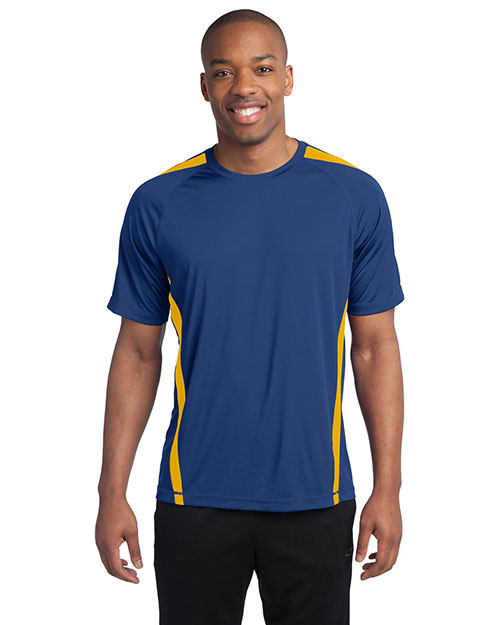
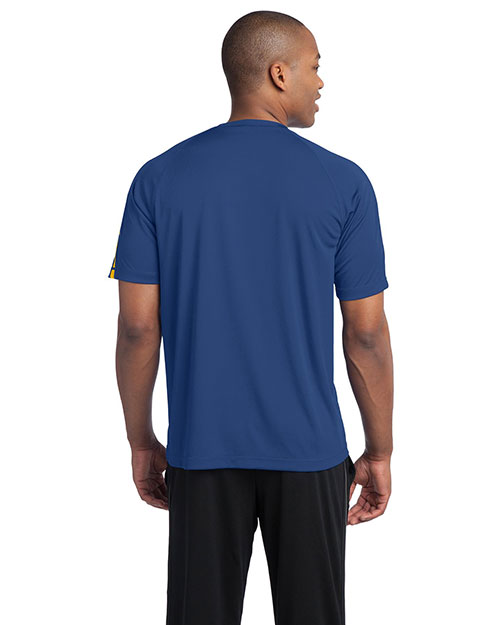
Leading the charge were brands like Jane Fonda’s workout shirts line and the iconic terry cloth toweling tracksuit. However, this early iteration of athleisure remained largely confined to the gym, viewed as purely practical rather than stylish.
The 1980s saw a further evolution with the rise of activewear brands like Nike and Reebok. These companies began incorporating technological advancements into their clothing, focusing on breathability and moisture-wicking shirts properties.
While still primarily associated with athletics, the seeds of fashion consciousness were being sown.
The 1990s and the T-Shirt Revolution
The 1990s marked a turning point for athletic wear. The decade saw a cultural shift towards casualization, with comfort emerging as a key priority.

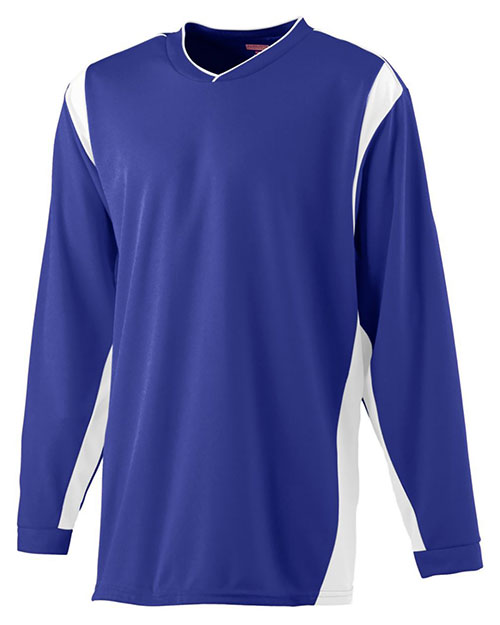
Grunge fashion, with its emphasis on ripped jeans and oversized flannel shirts, challenged traditional notions of formality. This paved the way for the T-shirt to transcend its athletic roots and become a true fashion staple.
Celebrities like Calvin Klein and Tommy Hilfiger played a pivotal role in this transformation. Their minimalist designs and focus on the T-shirt as a blank canvas for self-expression made it a versatile garment suitable for both casual outings and even red-carpet appearances.
The rise of hip-hop culture also played a significant role. Brands like Champion and Kangal, previously associated with athletic wear, were adopted by rappers and musicians, imbuing them with a new sense of coolness.
This cultural influence helped bridge the gap between athletic wear and everyday fashion.
The 2000s: Comfort Above Everything Else
The new millennium ushered in the era of yoga and athleisure brands like Lululemon. These companies focused on creating stylish and functional active wear that could transition seamlessly from the gym to brunch.
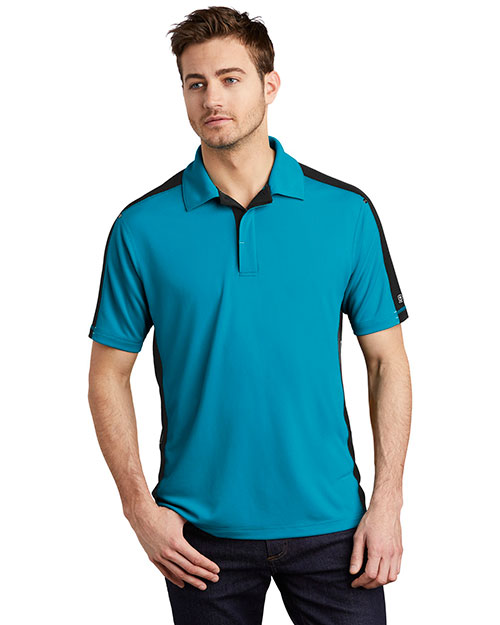
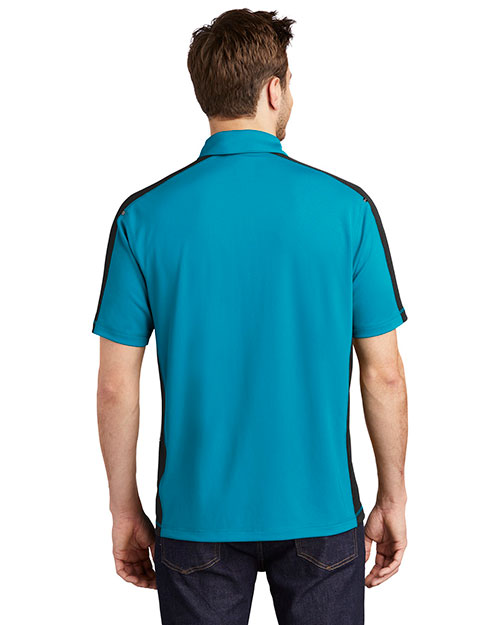
The invention of high-performance fabrics like Lulon (Lycra and nylon blend) further blurred the lines, offering comfort, moisture management, and a flattering fit all in one.
Celebrities like Kate Hudson and Sarah Jessica Parker were often spotted running errands or grabbing coffee in their yoga pants and stylish tops. This mainstream adoption by high-profile figures further cemented athleisure’s place in everyday life.
Technology also played a crucial role in the rise of athleisure. The growth of social media, particularly fitness influencers on platforms like Instagram, showcased the versatility of athleisure wear.
These influencers demonstrated how activewear could be dressed up or down, inspiring everyday people to embrace the trend.
The 2010s and Beyond: Athleisure Takes Over
The 2010s witnessed athleisure’s explosion into a global phenomenon. Fast-fashion giants like H&M and Zara jumped on board, offering affordable athleisure options for the masses. Designers like Alexander Wang and Stella McCartney incorporated athleisure elements into their high-fashion collections, further blurring the lines between high and low fashion.
The rise of athleisure coincided with a growing societal focus on health and wellness. People became more conscious of their fitness and embraced active lifestyles. Athleisure wear, designed for movement and comfort, perfectly fits this new mindset.
The COVID-19 pandemic further accelerated the athleisure trend. With lockdowns and a shift towards working from home, comfort became paramount. Athleisure wear, already established as a versatile and comfortable option, became the go-to choice for many people.
The Future of Athleisure: Beyond Comfort
Looking ahead, the future of athleisure appears bright. The market is expected to continue its exponential growth, driven by the increasing demand for comfort and functionality. We can expect to see further advancements in fabric technology, with a focus on sustainability and eco-friendly materials.
Moreover, there’s a potential for athleisure to become even more personalized. Smart clothing with built-in fitness trackers and health monitors could be integrated seamlessly into everyday wear.
Athleisure might also evolve to cater to specific activities and hobbies, offering specialized features for everything from hiking to yoga.
However, the rise of athleisure does present some challenges. Concerns have been raised about the potential for a decline in professionalism in the workplace as dress codes become more relaxed. Companies will need to find a balance between allowing for comfortable attire and maintaining a professional image.
Beyond the workplace, there might be a pushback against the constant casualness that athleisure can encourage. Some individuals may yearn for a return to a clearer distinction between everyday wear and attire for special occasions.
Final Thoughts
Ultimately, the future of athleisure lies in its ability to adapt and evolve. It will need to address concerns about environmental impact and professionalism while continuing to prioritize comfort and functionality.
The T-shirt’s journey from gym wear to fashion staples is a testament to athleisure’s potential for continued growth and innovation. Whether it seamlessly integrates with our digital lives or caters to niche athletic pursuits, athleisure is likely to remain a dominant force in the way we dress for years to come.

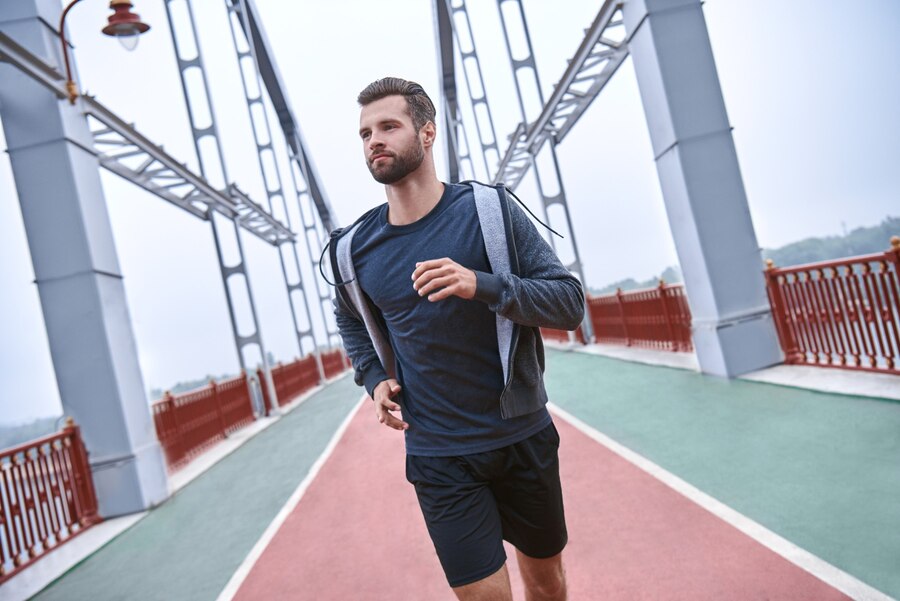
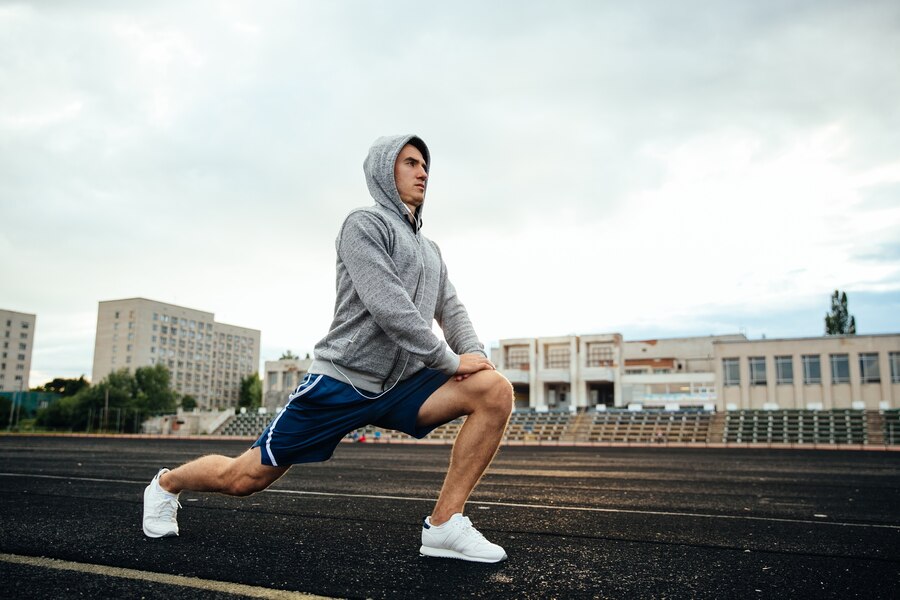

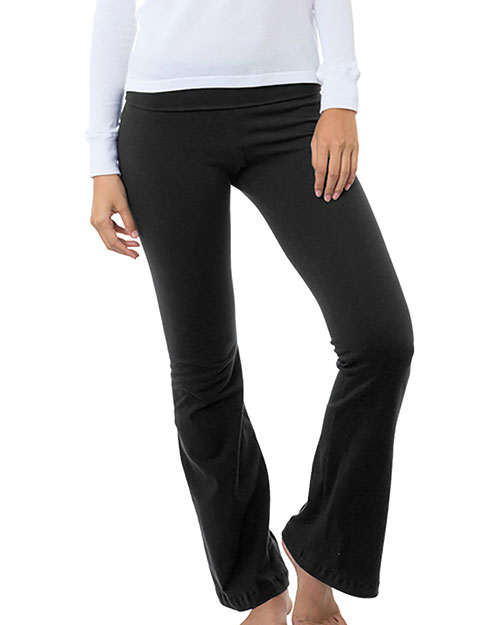

Leave a Reply